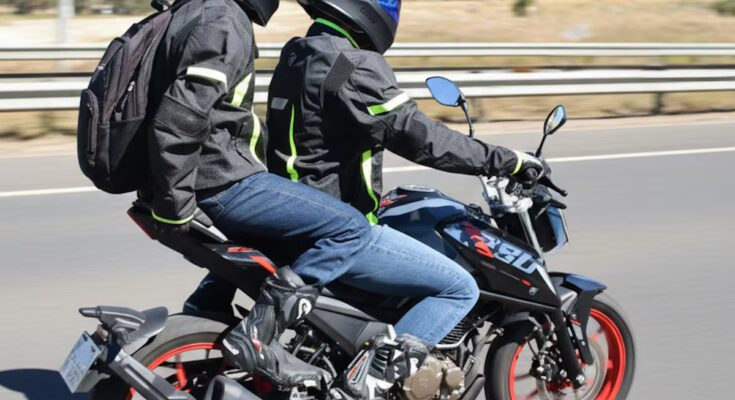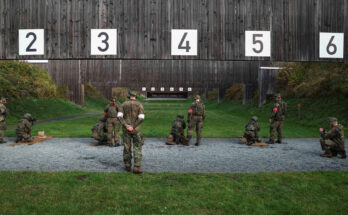Being a good travel companion doesn’t just mean “going behind”, but also implies becoming a true ally on two wheels, since only the extra weight changes the center of gravity of the bike. In this context, the Mexican brand ITALIKA shares some useful tips so that the presence of the motorized co-pilot fits in in the best possible way. Take note of these six golden maxims that will make a difference.
1. Basic knowledge of motorcycle and riding
Before you get on a motorcycle as a co-pilot, make sure you understand the essentials:
– Type of motorcycle: Riding a sportbike is not the same as riding a chopper. The positions, suspensions and ergonomics radically change.
– Maintain a stable position: discover how your movements influence the behavior of the bike. Poor balance can destabilize the rider, especially when cornering or braking.
– Sign Language: Establish clear signals with the rider to communicate during the ride. A touch on the shoulder, a pat on the leg or a hand gesture can be vital.
2. Protective equipment is not optional
Safety does not distinguish between pilot and co-pilot. Your protective equipment must be equally complete and of high quality.
– Helmet: With safety certifications, tight-fitting, comfortable and with good visibility.
– Jacket with protections: Preferably with reinforcements on the shoulders, elbows and back.
– Gloves: which allow a good grip, with reinforcements on the knuckles and protection against abrasion.
– Pants and boots: no jeans and tennis shoes. Look for sturdy materials like Kevlar or leather and boots with reinforced ankles.
3. Posture and timing
The co-pilot’s position directly influences stability and handling. Here are the key points:
– Don’t tense up: keep your body relaxed but still. Avoid sudden movements.
– Follow the rider’s movement: When cornering, follow the inclination without exaggerating. Do not lie down more or less than the pilot.
– Avoid leaning on the rider: use the rear handles to support yourself, especially when braking and cornering. Holding the rider’s back can cause an imbalance.
If you can synchronize your movements with those of the rider, riding will be smooth and safe on board an ITALIKA motorbike.
4. Communication before, during and after
The ride begins long before you start the engine. Talk to the pilot:
– Before: Defines the route, duration, stops and signs. Will there be technical curves? Dirt sections? Change the weather?
– During: use the agreed signals. If something makes you uncomfortable, report it at the next stop.
– After: feedback. Talk about what worked and what can be improved, this will strengthen your confidence while driving.
5. Luggage and balance: less is more
If you are carrying a backpack or panniers, make sure:
– Distribute the weight: avoid unbalanced lateral loads. Use compact, well-fitting backpacks.
– Avoid loose objects: everything must be secured. A moving block can alter the stability of the motorcycle.
– Do not overload: the total weight affects suspension performance, braking and fuel consumption.
6. Anticipation and reading of the environment
Even if you are not driving, your attention must be 100%. An attentive co-pilot can warn of:
– Obstacles on the road: potholes, gravel, animals.
– Climate changes: dense clouds, strong winds, imminent rain.
– Other vehicles: Distracted drivers, dangerous maneuvers.
Your role should be complementary and not passive. Being the pilot’s “extra eyes” can make the difference.
Finally, remember to always maintain a positive attitude: be flexible, avoid distractions and enjoy the journey. Being a co-pilot is not a secondary role, it is a responsibility that involves preparation, synchronization and commitment. If you apply these tips from ITALIKA, you will not only be the best company during a trip, but also an integral part of the experience.



